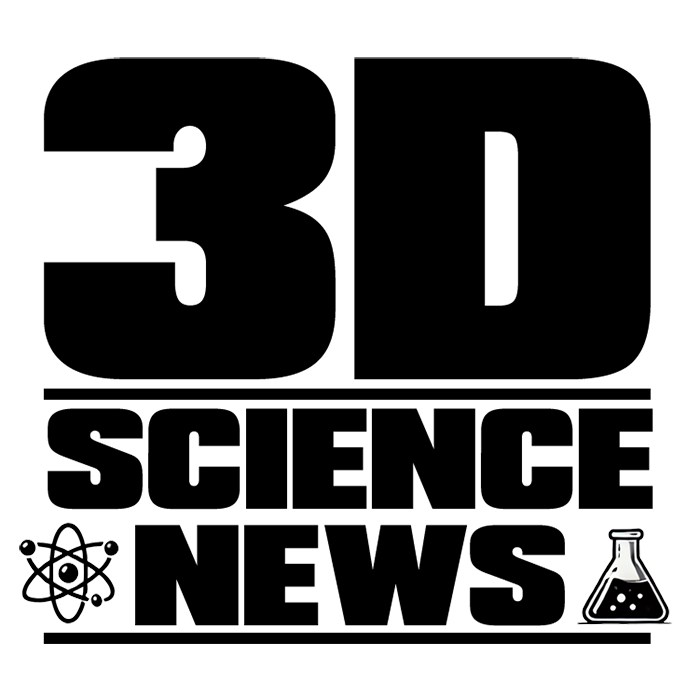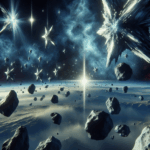The Southern Hemisphere’s night sky is about to get a full diagnostic scan. The Vera C. Rubin Observatory, backed by the NSF and DOE, is gearing up for a ten-year surveillance operation. Every night, it will sweep the cosmos, capturing everything from rogue asteroids to entire galaxies in mid-transformation.
One of its prime targets? Type Ia supernovas—white dwarfs that miscalculated their retirement plans and detonated in spectacular fashion. These cosmic implosions aren’t just pretty; they’re the universe’s most reliable measuring tape. By tracking these explosions across space and time, scientists can map the expansion of the universe itself.
And here’s the kicker: every time Rubin Observatory spots a change in brightness or movement, it will fire off an alert to the scientific community. Think of it as a celestial alarm system, notifying astronomers in real time before these stellar pyrotechnics fade into darkness.
Type Ia supernovas have already rewritten physics once. In the 1990s, their study led to the mind-bending discovery of dark energy—a mysterious force accelerating the universe’s expansion. Rubin will do what its predecessors only dreamed of: identify millions of these explosions, providing a high-definition map of cosmic acceleration.
Dark energy isn’t just an academic curiosity; it’s the great unknown that could redefine the fate of the universe. Current measurements hint that it might change over time, meaning we might not just be coasting toward an inevitable heat death—we could be in for something far weirder.
With Rubin Observatory pinpointing supernovas by the millions, scientists will fine-tune their understanding of the cosmos’ evolution. When did the first stars ignite? How old is the universe, really? Is dark energy steady, or is it plotting something? The answers are up there, waiting to explode into view.
Did You Know?
- Type Ia supernovas are so uniform in brightness that they’re called “standard candles”—basically, the universe’s most dramatic mood lighting.
- Dark energy makes up about 68% of the universe, yet no one knows exactly what it is. It’s like realizing most of your house is made of a material you can’t see, touch, or explain.
- The Vera Rubin Observatory’s camera is the size of a small car and capable of taking 3.2-gigapixel images. If Instagram allowed uploads that large, your phone would crash instantly.





